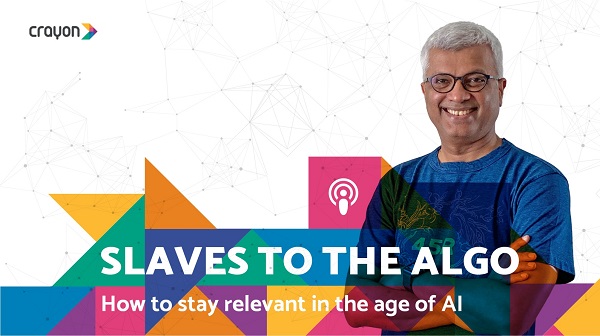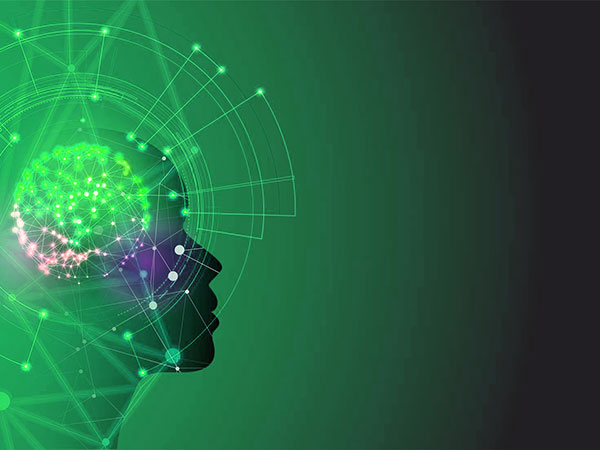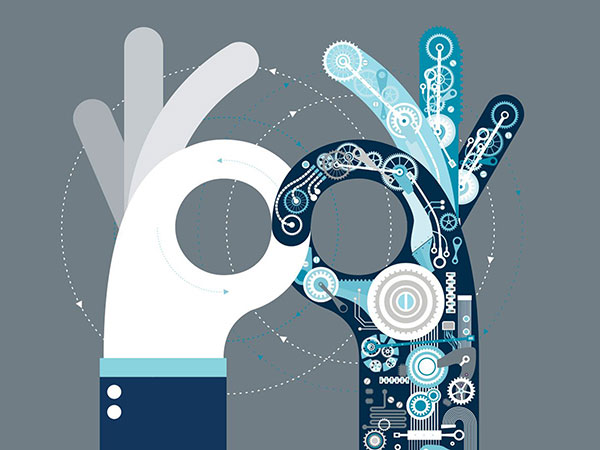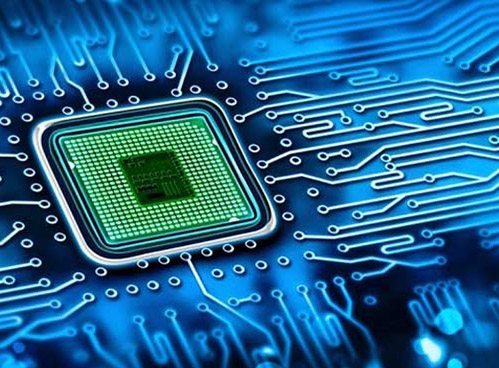Artificial intelligence, machine learning and automation are poised to change not just the modern enterprise, but the world as we know it. They are completely changing the way consumers engage with companies. They are altering the way enterprise thinks and operates regarding business intelligence.
In fact, the influence of these technologies and platforms has entered nearly every industry from construction and engineering to medical and health.
Forrester Research predicted an increase of about 300% in AI investment, for 2017 alone, compared to the year prior.
Looking at the performance of these technologies throughout the year, we’d say Forrester was pretty darn close, if not spot on.
But it’s not as if this doesn’t make sense. The AI and machine learning tools of today are not just improving themselves, but also improving in the way they are deployed and implemented.
Neural networks, for example, have evolved business analytics to offer more accurate and precise predictive data. It wasn’t long ago that human teams were tasked with sorting, organizing and reviewing troves of data for actionable intel and insights. Now, that tedious process can be automated.
With all the growth we’re seeing, it does beg the question: How will the AI and machine learning landscape change over the course of the next year? What new technologies, deployments and devices will crop up or take hold of the market?
1. Deep Learning and Neural Networks
Through a combination of learned processes, algorithms, analytics and automation, deep learning and neural networks can and will completely change the way businesses handle information in the modern world.
Some of the potential applications include automatic speech recognition for communication channels, image and optical character recognition, advanced prediction and deployment. The idea is that analytics will become more than just collected, processed and static or dynamic data. It will become a living, thinking system that influences how your business and team operate.
A neural network might, for example, be able to predict exactly how your holiday sales and performance will play out, based on current annual trends, past performance and other data. This would, in turn, allow you to make more informed decisions when preparing for the holiday rush, helping you to maximize your performance and revenue.
2. Biometrics and Authentication
Passwords, passcodes, and patterns work, sure, but they’re wholly ineffective when it comes to security. You lose your pass, and you lose access to your accounts and services. It also happens when you lose access to linked channels such as email and mobile.
Biometrics and biometric data are unique to your body and include things like your fingerprints, retinal pattern, voice and even facial structure. The related technology deals with identification, measurement and authentication of various body segments or behaviors. This can be leveraged to, say, unlock a personal device or account.
Not only will this technology become more reliable and prominent, but it’s also not a stretch to claim the technology will soon be integrated with AI and automation. Imagine walking up to a work computer, where an AI system automatically scans your appearance, measures your facial features, unlocks hardware and opens the necessary software and documents.
3. Natural Language Processing
Voice assistants and automation systems have been in use for years, and you’ve encountered them nearly every time you’ve called a public hotline or corporate number. Sometimes they work. Other times, not so much.
Thanks to natural language processing, however, these tools can become much more advanced, capable and precise. This applies not just to voice-based but to text and messaging tools as well. Through a combination of machine learning, big data processing, and statistical methods, these systems could effectively communicate with human beings with little to no conversational hurdles.
4. Chatbots and Virtual Agents
Natural language processing will also give way to modern chatbots and automated, virtual agents. These systems are already being deployed on a broad scale, especially in retail and e-commerce. The bots or systems rely on language processing, data troves and reactive algorithms to interact with human audiences.
More importantly, they will become much more capable and convenient as they are programmed to do and achieve more. We’ll go from the simple tasks we have right now, like checking account balances, or reading back purchase history, to incredibly advanced support.
A bot could, for instance, reach out to the proper in-company reps when you message it for support. The system would acquire answers and take action to address a problem. Calling into a bank hotline, for instance, would result in the AI looking over recent purchases and refunding the improper charge(s) with little to no oversight.
It sounds a bit crazy, especially when you consider what could happen if this technology malfunctions. In the previous example, such a scenario could result in lots of lost revenue for the bank. That said, it’s not beyond the realm of possibility because of how advanced these systems now are.
5. Decision and Project Management
AI and machine learning tools will not only be able to predict future patterns and trends, but they’ll also be capable of deciding on a viable course of action for the future. This could be used in project or decision management to influence the outcome of an event. While success is never guaranteed, imagine being about 90% sure something is going to pan out the way you want it to. That could change the way you handle your business considerably.
6. Robotics, Cobots and Androids
We’re far off from human-like androids that are impossible to tell apart from human beings. That said, the robotic systems of today are capable of much more than just simple tasks and automation. Even in the consumer world, we have robotic vacuums, smart speakers, home automation tools and much more.
Corporate processes, manufacturing, shipping and fulfillment can and will benefit from deploying modern robotics. Amazon is already doing this, and other companies have followed suit.
7. Speech Recognition and Dictation
Assistants like Alexa, Siri and Cortana use speech recognition software to discern what you’re saying and then take action.
The same is true of tools or software that transcribes your actual words into text on the screen. Sometimes, the accuracy of these systems can suffer for a variety of reasons. Maybe your voice tone or accent is unrecognizable? Maybe the system isn’t developed well enough to find less common words and phrases? Maybe it’s the hardware involved, like a low-quality mic?
AI and machine learning are currently being integrated with speech recognition to enable a better understanding of human language. This differs from NLP and chatbots because of the different ways we use the recognition tools. You can’t have any of these components without the others.
8. Process Optimization
In business, it happens that sometimes you think you’re doing things in the most efficient way possible when that’s not actually the case. And when it comes to incredibly large organizations, sometimes it can be nearly impossible to coordinate all the necessary information and communications to improve a process or deploy a new one.
Generic machine learning, analytics and big data systems can change that completely. Imagine toolsets that can identify business problems and deliver an optimized business case or strategy to fix it.
9. Digital Twin or AI Modeling
In a variety of industries, including architecture and engineering, having a digital or virtual twin is beneficial. Most of the time, humans handle the information, data and designs used to create these models. AI and machine learning tools will soon be able to create these elements on their own with little to no external input.
Agent-based modeling or computational algorithms are just one example of this technology in use today.
10. Explainable AI and No More Black Boxes
One of the issues with more recent analytics and machine learning tools is that they are considered “black boxes” with little to no informational data regarding how they approached an action or decision or why they made a particular choice. The problem with this is that you end up with accurate systems, but you cannot duplicate a lot of the processes and achievements because you don’t know why they occurred.
Explainable and better monitored AI will become more prominent in the business world over the next year. Those mysterious processes will no longer be so questionable, which means more replication and success for everyone.
It’s hard to say precisely how technology will impact the way we live our lives in the future, but one thing’s for sure — artificial intelligence is going to play a big part in the changes that occur.
























